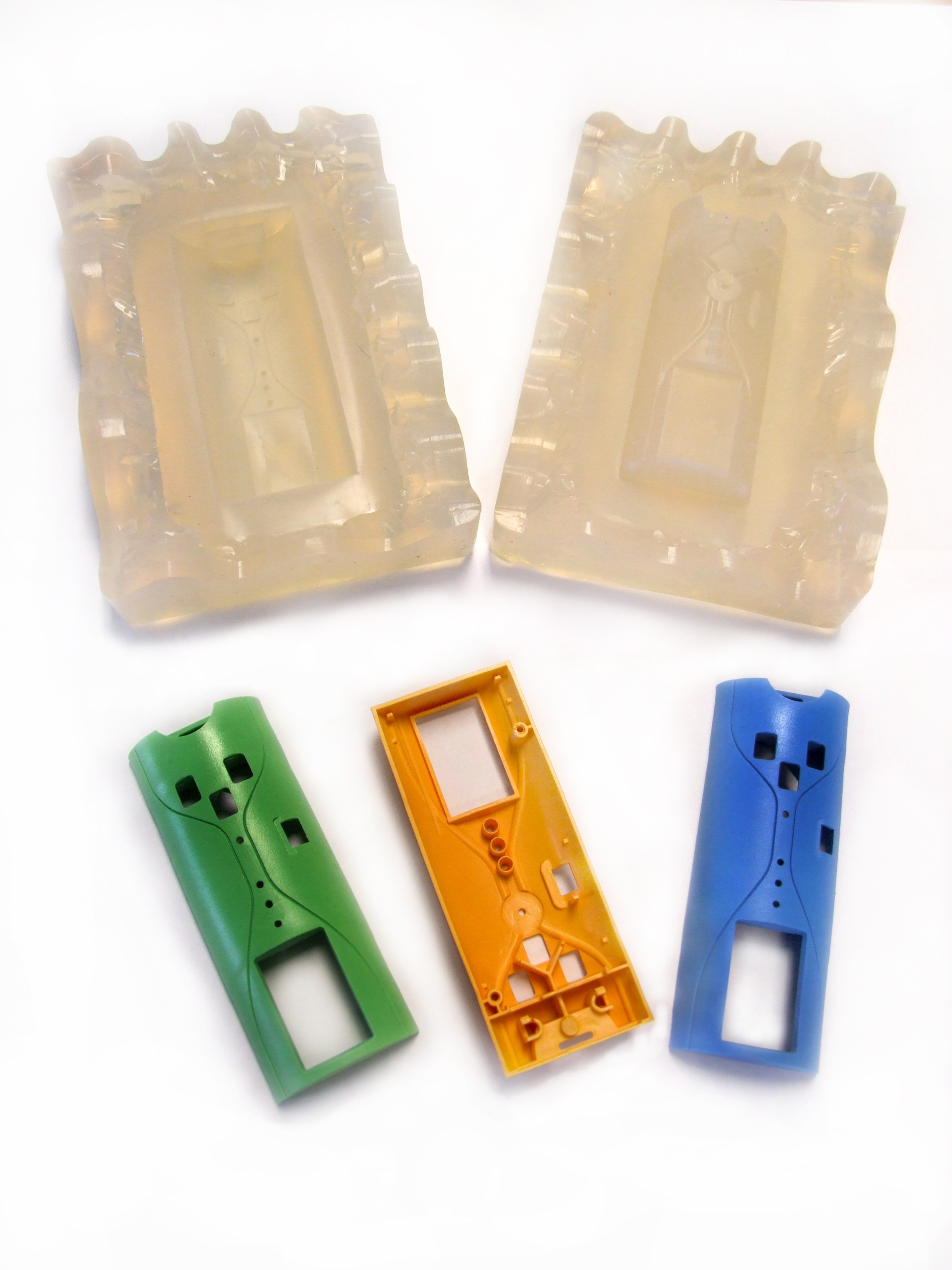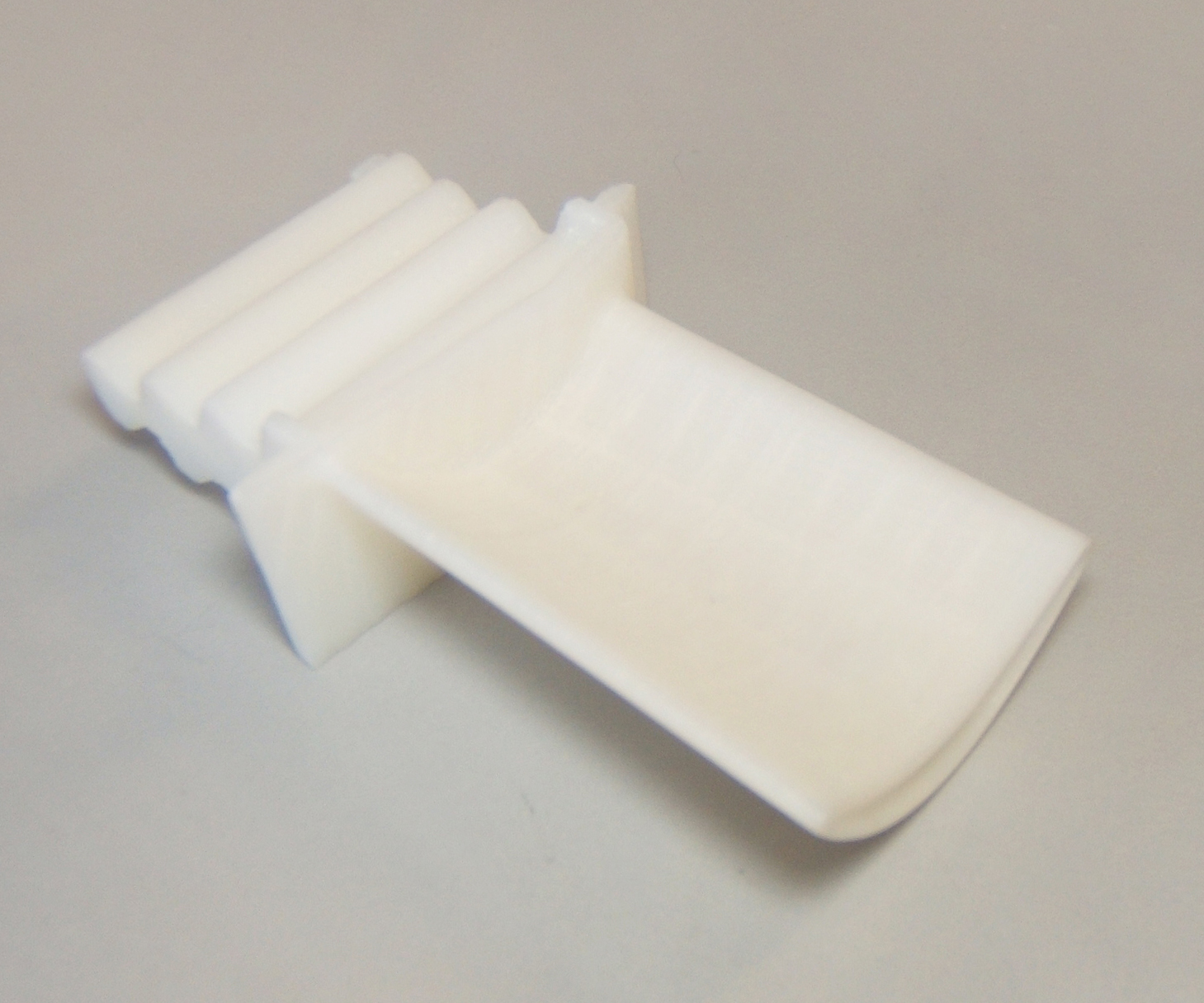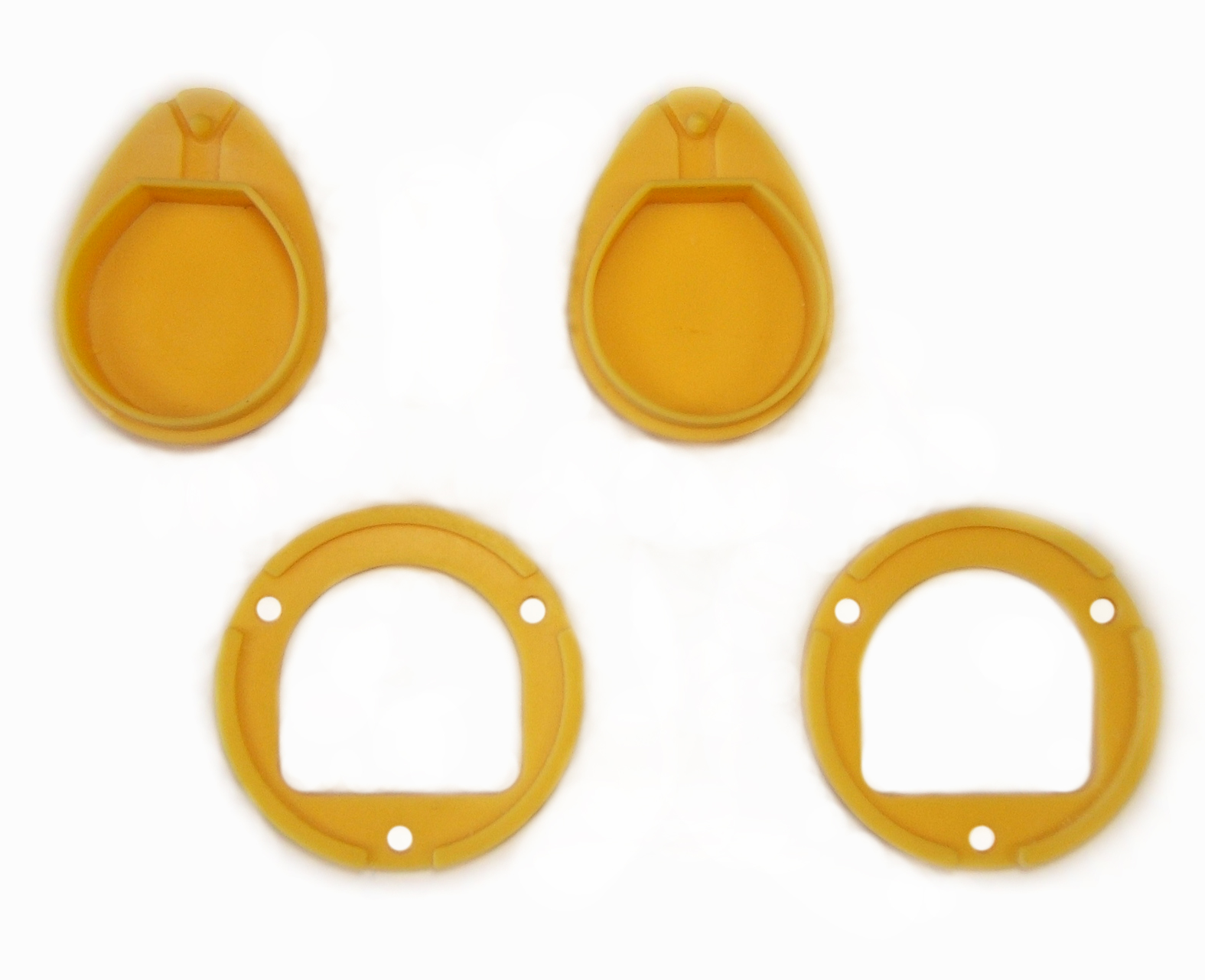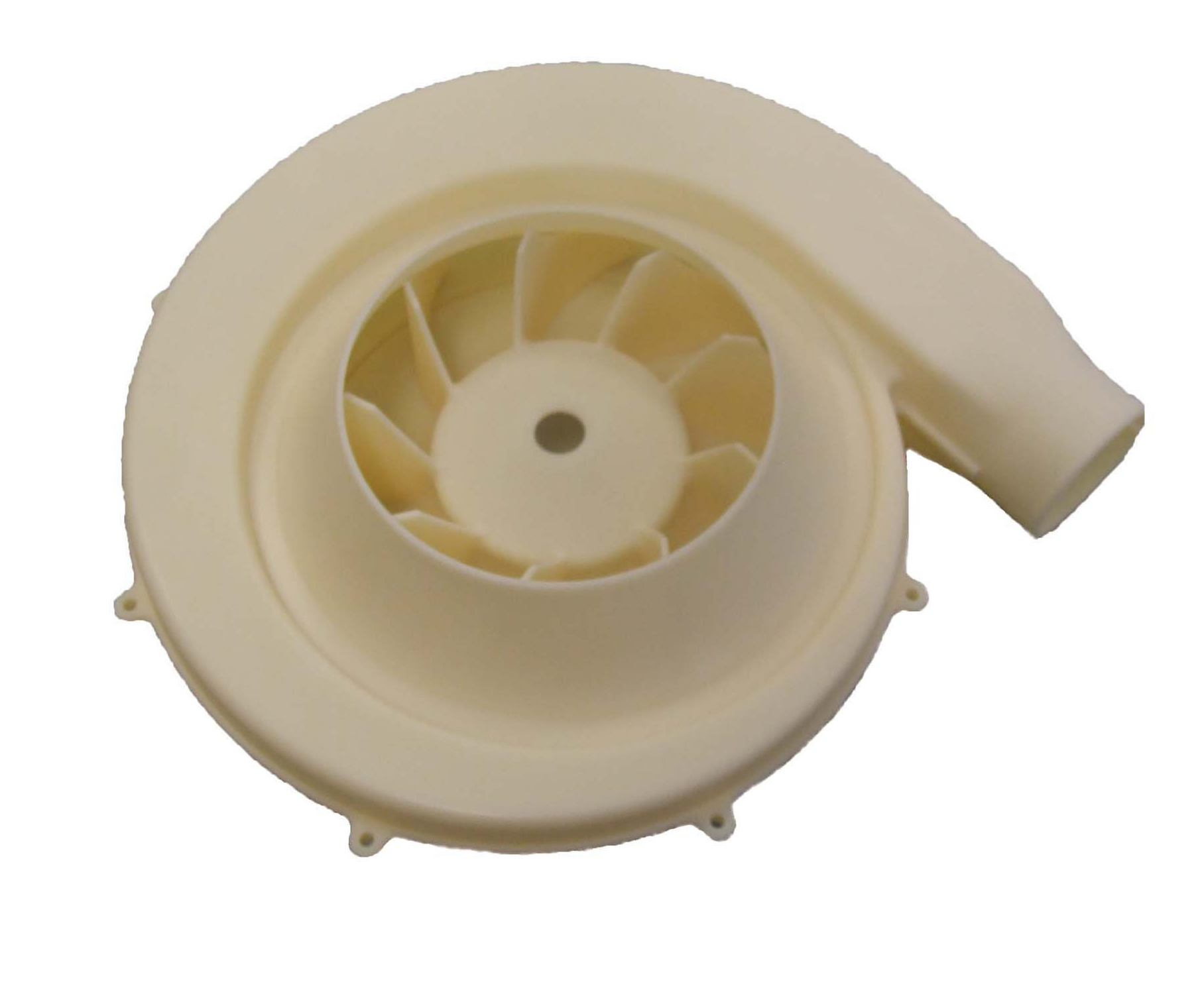SLA
|
Perfactory Stereolithography
|
 |
Perfactory SLA is an additive fabrication process that builds prototype parts from a pool of photopolymer resin, utilizing a light source and a digital light processor. Parts are formed by solidifying layers as image masks. After each layer is solidified the head raises in the z axis to allow the next layer to be cured. This process is repeated until the prototype is complete.
|
Advantages:
|
- Parts have an excellent surface finish compared with other additive processes.
- Parts with very complex geometries can be produced.
- Parts are perfect master patterns for RTV molding.
|
|
RTV
|
Room Temperature Vulcanizing Silicone Tooling
|
 |
RTV molding consists of vacuum casting thermosetting polyurethanes or silicones into a silicone tool. Molded parts can be made from a variety of materials with good surface finishes and a range of colours and material properties. Because the tool is “soft” small undercut features are possible allowing for complex parts to be cast.
|
Advantages:
|
- Small batch production, typically 15 – 30 parts per tool.
- Wide array of colours and surface finishes can be achieved.
- Range of physical properties available.
- Range of surface finishes and textures.
|
|
FDM
|
Fused Deposition Modeling
|
 |
Fused deposition modelling is an additive fabrication process that forms prototype parts from an extruded ABS filament. The filament is melted and deposited by a computer numerically controlled head starting from the base layer and building upwards in the z axis, each new layer is deposited on top of the layer before it. FDM parts tend to be stronger than other additive prototyping processes which makes the FDM a perfect partner for creating structural concepts and fit function components.
|
Advantages:
|
- Parts are relatively strong, therefore good for fit, form and functional testing.
- Parts can contain complex geometries.
|
|
DDM
|
Direct Digital Manufacturing
|
 |
Direct digital manufacturing consists of batch runs of end use parts produced on a rapid prototyping machine (Perfactory SLA) these parts are usually small in size so that a large number of parts can be produced in one build.
|
Advantages:
|
- Parts have an excellent surface finish compared with other additive processes.
- Produces parts with very complex geometries.
- Parts are low cost as there are no tooling costs.
- Design changes can be made on a batch to batch basis.
|
|
CNC
|
Computer Numerically Controlled (Machining)
|
 |
A solid block of material is held in a CNC mill and cut into a finished part. CNC machining produces parts with superior strength to most additive processes. The wide range of materials available allows parts to be made from desired “end use” materials, replicating properties such as tensile strength or impact resistance. Large parts can be produced economically and at a favorable cost compared with large format additive R.P. processes.
|
Advantages:
|
- Machined parts have a superior surface finish and are able to be polished.
- Parts can be made from the end use material with similar properties eg; Clear or high tensile strength. (Good for functional testing.)
|
|
|
